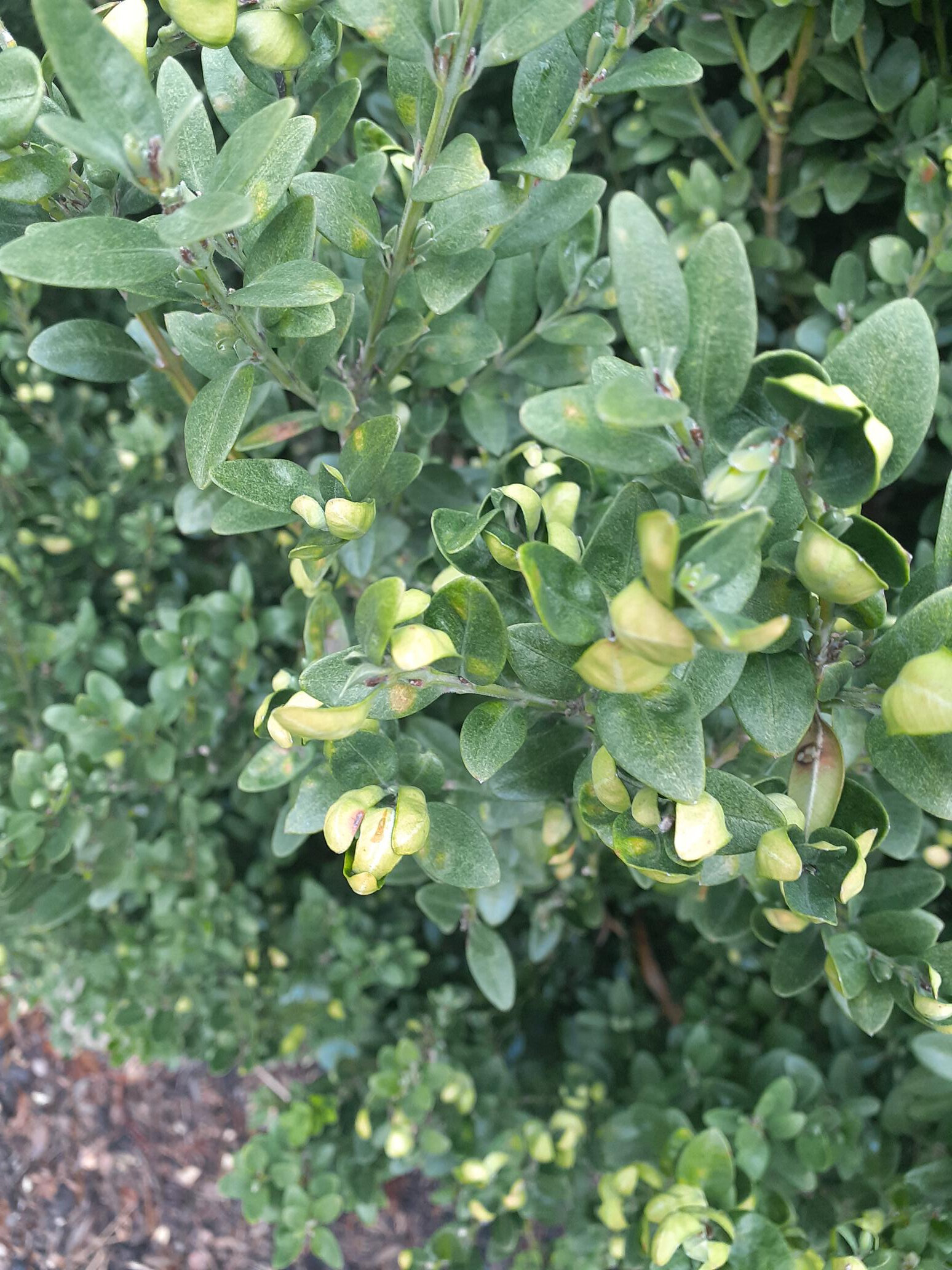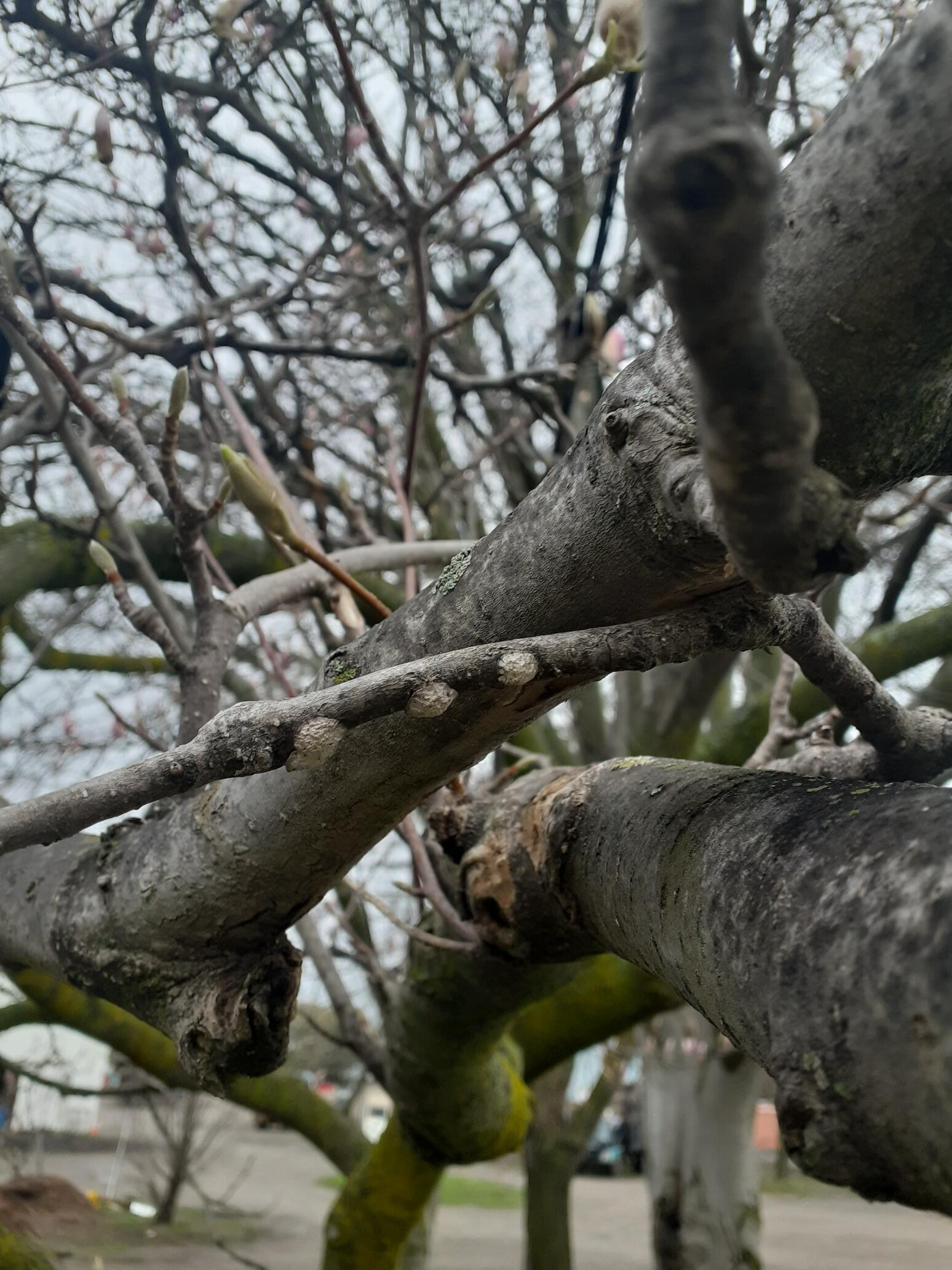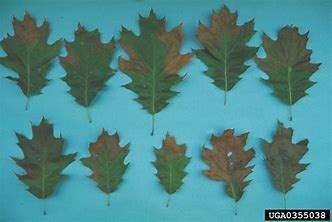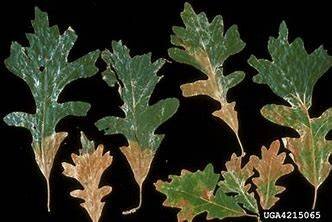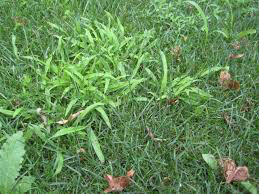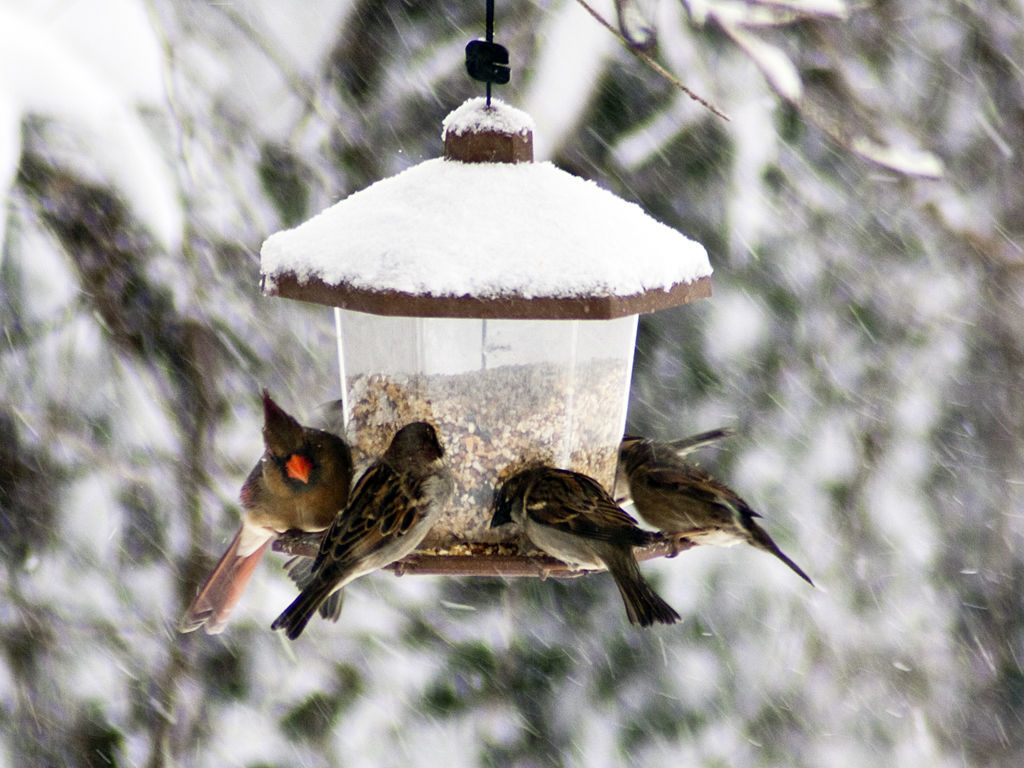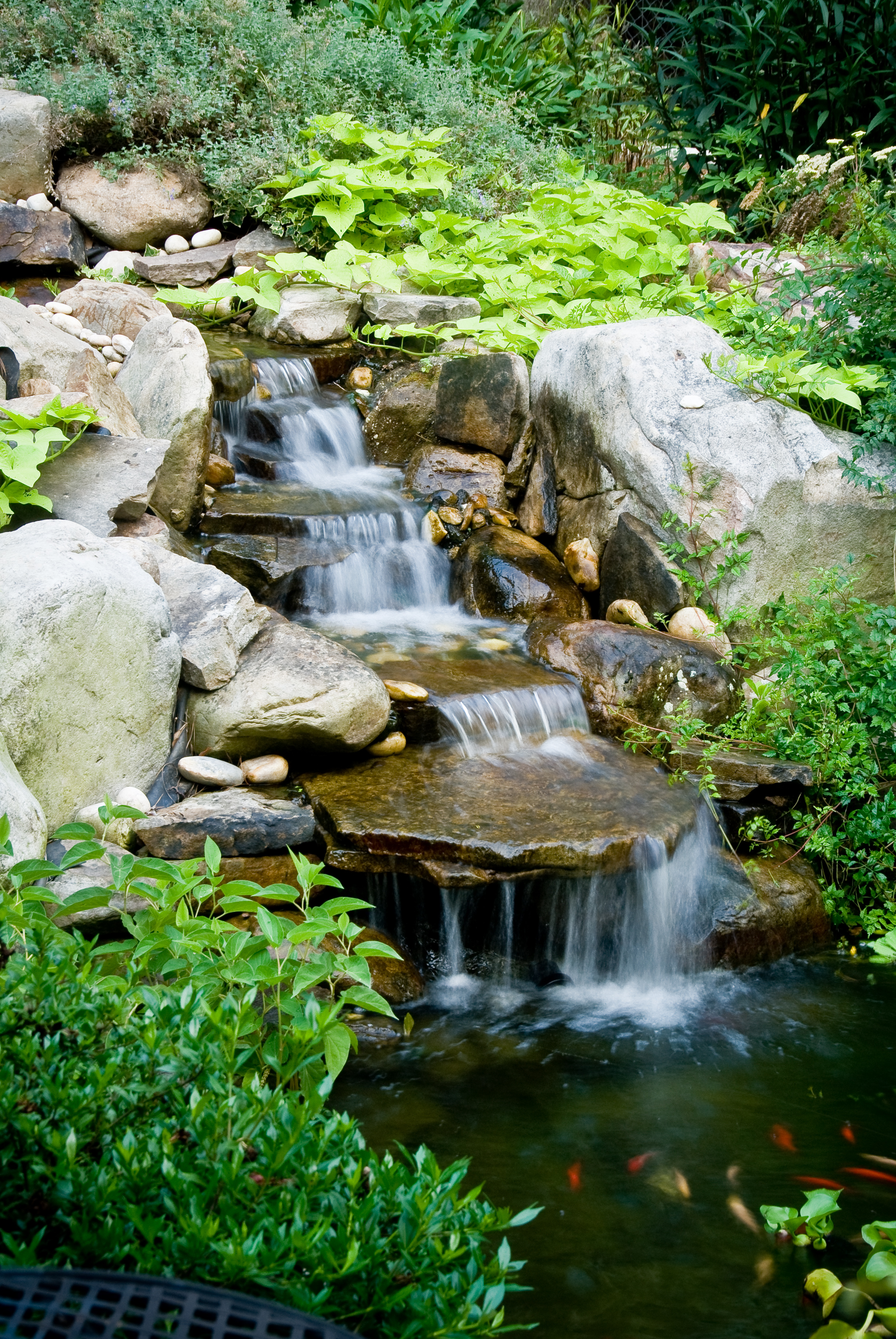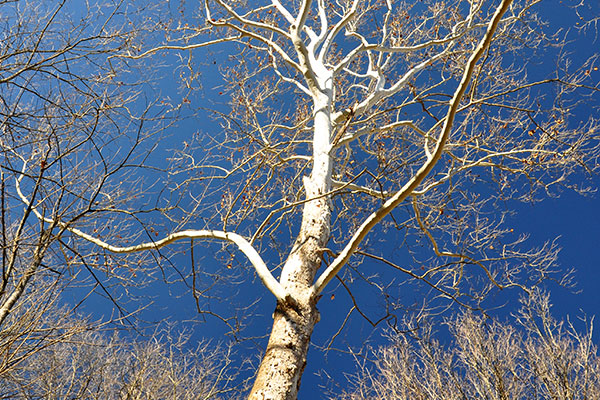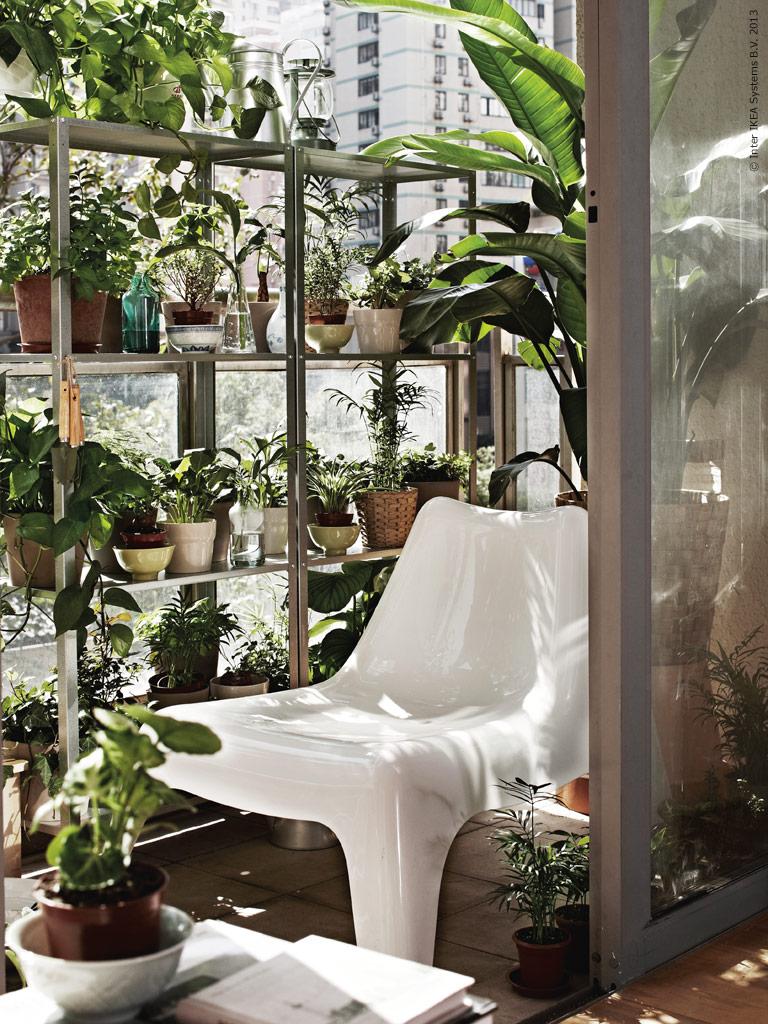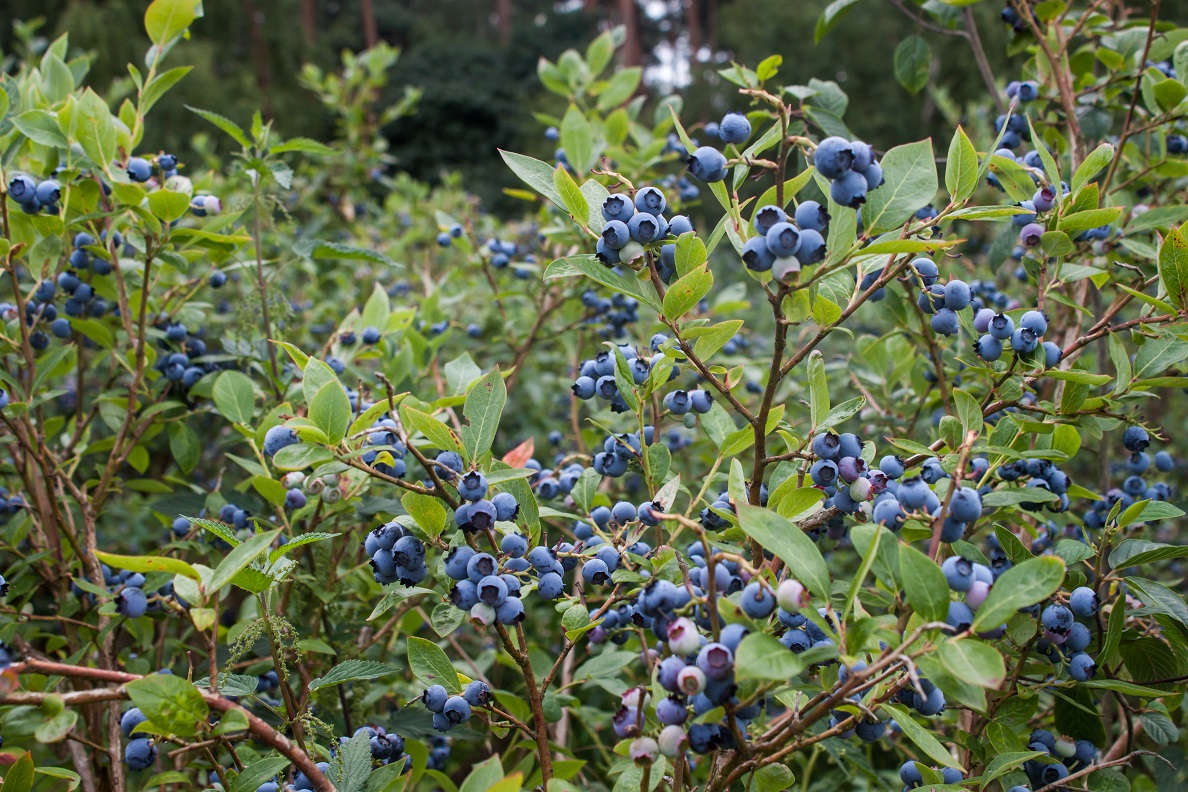For many passionate gardeners, the dark and cold Rochester winters are a nuisance. Because we do not live in a warmer climate, many think that it is impossible to nurture and enjoy plants year round. However, that is simply not the case! Growing succulents and other plants indoors is a fantastic way to keep the joy of summer going all the way through the cold and dark winter. Here are a few tips for getting your own indoor garden started!
Pick Plants
First, pick your plants! There are thousands of plants to pick from, but typically succulent desert plants or tropical plants do the best in indoor gardens. You can find succulents or tropical plants in a massive range of sizes, colors, flowering times, and degrees of difficulty to maintain. It is best to pick the plants that fit your style. To see some of our plant recommendations, click here. Many local greenhouses will carry common indoor plants, but to find more niche plants there are plenty of websites that will ship succulents and tropical plants. Once you have purchased your plants, it is best to find an appropriate sized container or pot to hold them in.
Pick Location
Once you’ve picked your plants, it’s time to find the right locations for them around your house. Depending on the kinds of plants you’ve picked, certain locations in your house are better than others. For example, many plants naturally grow on the forest floor, meaning that they do not need as much direct sunlight as other plants. However, other plants require much more direct sunlight. Placement depends on the plant and the season, but generally it is best to place plants next to windows facing north or east. To find the best spot for your plants, it is best to thoroughly research your plants to find the best kind of lighting for them.
Care
Once you’ve picked your plants and their location, it’s time to care for your plants. Be sure not to overwater your plants, as most indoor plants do not require as much water. When you do water, try misting your plants or simply placing ice cubes on the top of the soil. Because indoor air is generally drier than outside air, it is best to group plants tightly together and run a humidifier to increase the humidity of your home. In late winter, make sure to cut back old growth and refresh the soil.
Enjoy!
With all of these tips in mind, your plants are sure to succeed! Enjoy your slice of summer!








